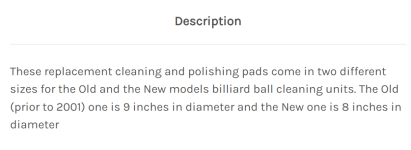I've had this Ballstar cleaner for 15 plus years. I pulled it out the other day and noticed the red portion of the fuse holder was missing. So I had to tear it apart to change out the old fuse holder. What I noticed was "shocking". There was not a case ground for the METAL cleaner. In fact they actually cut the ground wire off the three conductor power cord rather than simply bonding it to the case.
This ending up being a project. First I had to disassemble the entire machine to access the fuse holder. The machine was packed full of a stringy dirty lint type material and it was filthy inside from all the ball polish slathering around. The paddle and rubber nippled side pads are caked full of polish and ball gunk. I cleaned the inside and the components of the machine really well. Then I changed the fuse holder. Had to do some soldering and heat shrink insulating. The original one was soldered but not insulated. It's not a machine that can be kept clean very easily. I also changed out some of the connectors. I will say the timer cam switch is pretty decent.
Now I'm going to put the paddle and the rubber nippled side pads in the ultra sonic cleaner and see what happens. If not I'll just buy some replacements.
EDIT:
I discovered I've been using this machine incorrectly for over 15 years. I've been using the waxy aramith ball cleaner instead of the recommended liquid cleaning solution. I think that's why it was all gunked up. Ultrasonic machine made cleaning the pads and paddle easy.
This ending up being a project. First I had to disassemble the entire machine to access the fuse holder. The machine was packed full of a stringy dirty lint type material and it was filthy inside from all the ball polish slathering around. The paddle and rubber nippled side pads are caked full of polish and ball gunk. I cleaned the inside and the components of the machine really well. Then I changed the fuse holder. Had to do some soldering and heat shrink insulating. The original one was soldered but not insulated. It's not a machine that can be kept clean very easily. I also changed out some of the connectors. I will say the timer cam switch is pretty decent.
Now I'm going to put the paddle and the rubber nippled side pads in the ultra sonic cleaner and see what happens. If not I'll just buy some replacements.
EDIT:
I discovered I've been using this machine incorrectly for over 15 years. I've been using the waxy aramith ball cleaner instead of the recommended liquid cleaning solution. I think that's why it was all gunked up. Ultrasonic machine made cleaning the pads and paddle easy.
Attachments
-
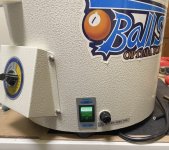 IMG_7489.jpeg232.2 KB · Views: 168
IMG_7489.jpeg232.2 KB · Views: 168 -
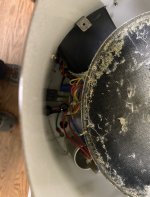 IMG_7488.jpeg255.7 KB · Views: 152
IMG_7488.jpeg255.7 KB · Views: 152 -
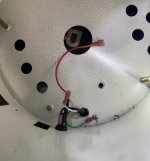 IMG_7487.jpeg204.6 KB · Views: 160
IMG_7487.jpeg204.6 KB · Views: 160 -
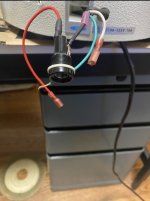 IMG_7480.jpeg168 KB · Views: 149
IMG_7480.jpeg168 KB · Views: 149 -
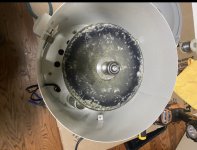 IMG_7479.jpeg144.4 KB · Views: 150
IMG_7479.jpeg144.4 KB · Views: 150 -
 IMG_7478.jpeg298.2 KB · Views: 157
IMG_7478.jpeg298.2 KB · Views: 157 -
 IMG_7477.jpeg197.8 KB · Views: 151
IMG_7477.jpeg197.8 KB · Views: 151 -
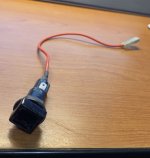 IMG_7433.jpeg78.4 KB · Views: 148
IMG_7433.jpeg78.4 KB · Views: 148 -
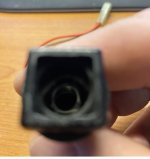 IMG_7435.jpeg96 KB · Views: 148
IMG_7435.jpeg96 KB · Views: 148 -
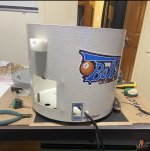 IMG_7476.jpeg201.2 KB · Views: 150
IMG_7476.jpeg201.2 KB · Views: 150
Last edited:

